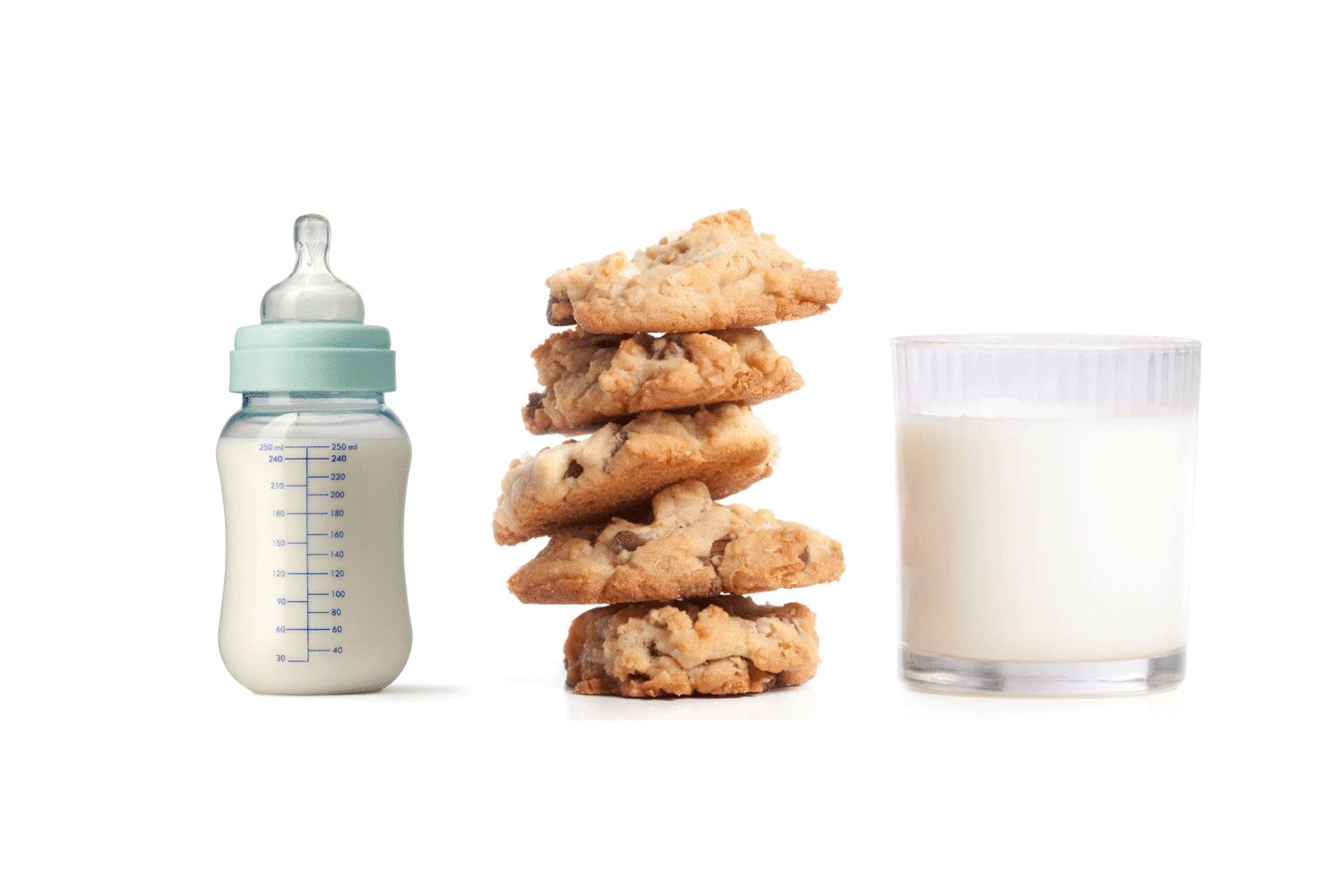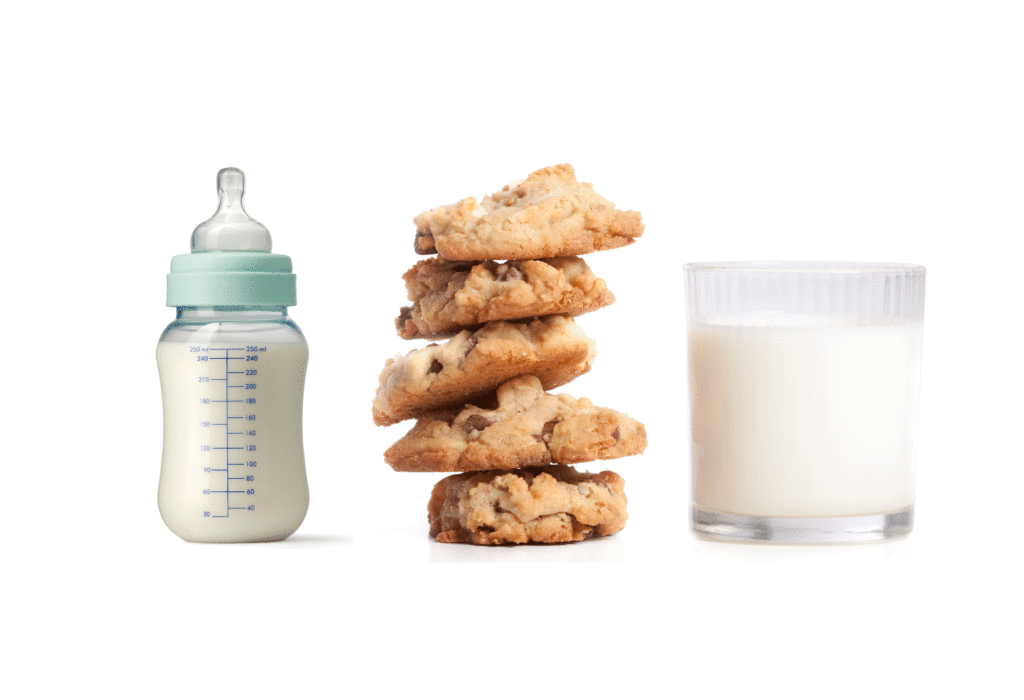
COVID, COVID, COVID, COVID…that’s all anyone’s talking about! Not here at Food Contact Surfaces – well, not completely anyhow. Although we continue to reflect on the current reality of living under the shadow of the virus, we’re also consciously looking forward – after all, the daily experience of quarantining, mask-wearing, and social distancing can eat away at our psychological equilibrium. In past articles, we’ve discussed the uptick in alcohol sales, for instance, and the rise of not only the ‘Quarantini’ but also levels of Alcohol Use Disorder, even in those with no prior history of problematic drinking. We’ve also commented on the collective yearning to return to the ‘old normal,’ a halcyon time that now seems both irretrievably distant and tantalizingly quaint. Resurrecting old habits may increase our psychological resilience – not to mention promoting better liver health – and, as the pandemic continues to rage around us seemingly unabated, it’s perhaps to these comforts that we should return. So, maybe it’s time to ditch the adult quarantini in favor of the childhood favorite, milk and a plate of cookies? Especially if this option could offer some protection against pathogens. How? Ever heard of lactoferrin? If not, you’ll definitely want to read on to learn more…
Lactoferrin (abbreviated as ‘Lf’) is a ‘natural iron-binding milk glycoprotein present in cow’s milk and in human milk [..and is] at its highest concentration in human colostrum.’(1) A significant part of the diet for newborns, infants, and toddlers, Lf occurs both organically in breast milk and is added as a manufactured supplement to infant formula. The protein is ‘involved in several physiological and protective functions, including regulation of iron absorption in the bowel; antioxidant, anticancer, antinflammatory and antimicrobial activities, which are the most widely studied function to date. […] Beside mammalian milk and colostrum, where Lf, present at a concentration of 7 g/L, is the second most abundant protein after caseins, Lf is primarily found in mucosal secretions; in particular it is present in tears, saliva, vaginal fluids, semen, nasal and bronchial secretions, bile, gastrointestinal fluids, and urine. It is also found in considerable amounts in secondary neutrophil granules (15 μg/106 neutrophils), where it plays a significant physiological role and it can also be found in bodily fluids such as blood plasma and amniotic fluid.’(2)
A characteristic pink color, Lf was first isolated in 1939 by Sørensen and Sørensen and has, according to the National Institutes of Health (NIH), been its protective activities can be divided into three major areas: ‘(i) antimicrobial activity, which has been presumed due to iron deprivation, but more recently attributed also to a specific interaction with the bacterial cell wall and extended to viruses and parasites; (ii) immunomodulatory activity, with a direct effect on the development of the immune system in the newborn, together with a specific antinflammatory effects;(iii) a more recently discovered anticancer activity.’(3) So it’s antimicrobial, carcinogen-inhibiting, and immuno-enhancing, all of which make it inherently interesting. But there is another aspect to Lf that renders it especially relevant in current times, and it’s a property to which we will return later. For now, however, let’s dive a little deeper and explore what we already know about the protein and its actions…
In terms of its immunological benefits, Lf works by restricting the entry of a virus into host cells by either attaching directly to virus particles or by binding to and therefore blocking cell receptors such as Heparan Sulfate Proteoglycans (HSPGs). Think of HSPGs as a kind of docking station on the outer cellular membrane and Lf as the protein that gets there first, thereby keeping a virus out. In addition, Lf may also be useful in preventing viruses from penetrating a cell via the host receptor angiotensin-converting enzyme 2 (ACE2), although research into this particular pathway is on-going. For examples of viruses commonly thwarted by lactoferrin we need look no further than HIV, rotavirus, Herpes simplex, and HPV. In short: Lf offers a bevy of potential health benefits, especially when it comes to the prevention of viral transmission.
With this in mind, let’s take a look now at how lactoferrin can make its way into the adult diet and what it takes to get there.
As adults, we no longer ingest human colostrum or breast milk, meaning that lactoferrin enters our diet in the consumption of commercially manufactured supplemented food items. Using chilled, de-fatted bovine milk as a base material, Lf is isolated in temperature-sensitive procedures that involve the ‘precisely controlled extraction and purification of the protein from raw materials such as skim milk, cheese whey or “native” whey.’(4) Pasteurization of the milk is carefully regulated to protect the heat sensitive lactoferrin molecule from damage before it passed through a micro filtration system. Following extraction, purification of the lactoferrin involves ion exchange chromatography and membrane filtration, with the resultant material being either freeze dried or spray dried into a powder.
If this seems like a straight-forward process it is worth noting that not all Lf supplement products are thereafter created equal.
According to a paper by lead author Douglas B. Kell of the University of Liverpool, UK, while Lf is now commercially available in a variety of forms some are likely to be more potent than others. Taken orally, the effectiveness of Lf is diminished in an acidic environment which means that the best supplemental nutraceuticals are those that are enteric-coated to protect the protein and enhance its bioavailability. In animal studies, Kell notes, ‘the “absorption” of enteric-formulated LF was approximately 10-fold higher than that of regular LF introduced into the stomach of experimental animals,’ highlighting the fact that the coating protects Lf from the stomach’s natural pepsin.(5) Bottom line: if supplementing with an unprotected Lf product, it’s likely that the consumer will not derive optimal results.
However, despite varying efficacy, our appetite for lactoferrin continues to increase. Between 2014 and 2019, for example, global demand almost doubled, with the substance added not only to food products for children but also those targeted at adult consumers. According to GEA, a large supplier of food industry technology, the global uptake of lactoferrin in product manufacture was divided mainly between the baby and toddler market (59%) and nutraceuticals – a combination of the sports nutrition and supplements markets – (35%), with a small number of other market sectors raking in the remaining 6% share.(6) The significant increase in usage has led, in part, to manufacturers such as FrieslandCampina Ingredients, one of the largest European players in lactoferrin production, redoubling its efforts in supplying downstream manufacturers. Based in Vergel, Netherlands, FrieslandCampina Ingredients has expanded its campus to create a facility capable of producing up to 70 metric tonnes of Lf per annum. And, significantly, the operation is powered by 100% green electricity – food, indeed, for thought.
At the top of the article we hinted at a use of lactoferrin beyond its addition as a food supplement, and it’s high time we addressed that by returning to the field of immunology.
While instrumental in understanding the new relevance of Lf, Kell et al’s research is not alone in focusing on its role in the immune system. According to an article published in the International Journal of Antimicrobial Agents (July 2020), lead author Raymond Chang notes that lactoferrin’s ‘in vitro antiviral efficacy against a wide range of viruses, including SARS-CoV, a closely related coronavirus to SARS-CoV-2,’ means that it may have ‘potential as a preventative and adjunct treatment for COVID-19.’(7) Yes, you did read that correctly: a treatment and a preventative. In his paper, Chang points to the fact that, as a broad spectrum anti-viral, the protein inhibits the actions of both ‘naked and enveloped viruses as well as DNA and RNA viruses.’(8) Furthermore, under laboratory conditions it has been shown ‘to inhibit viral entry by binding to host cell surface HSPGs in murine [rodent] coronavirus as well as human coronaviruses hCoV-NL63 and pseudotyped SARS-CoV. [However there] are as yet no published studies on the effects of Lf on SARS-CoV-2 and its entry into host cells.’(9) Despite the lack of such published studies to date, Chang’s research offers renewed hope for the development of an efficient, inexpensive, and broadly available vaccine against COVID-19. We are scarcely the only ones to await developments with a certain sense of hopeful trepidation…
Let’s address the perennial ‘elephant in the room’: contamination control, commercial manufacturing processes, and product purity. It’s clear that Lf is highly multifunctional so the imperative that it be free from any and all contamination cannot be understated. In terms of the US Food and Drug Administration (FDA), lactoferrin derived from mammalian (in most cases, bovine) milk sources is ‘generally recognized as safe’ (GRAS) and accepted with no contraindications. According to the FDA, the GRAS notice for Lf is ‘driven by the intent to more closely align the protein composition of the formulas to the protein composition of human milk, of which lactoferrin is approximately 16% of the total protein of mature human milk. The amount of protein in infant formula is strictly regulated: 21 CFR§ 170.100 Nutrients requires a minimum and maximum protein content of 1.8 g/100kcal and 4.5 g/ l00kcal respectively. Global recommended standards also restrict the level of protein in infant formula; minimum and maximum protein content of 1.8 g/100kcal and 3.0 g/100kcal respectively for cow’s milk based formulas.’(10)
Furthermore, the supplementation of cow’s milk so that it meets the same nutritional requirement as that of human milk is not the only constraint. For the product to remain contamination-free, applicable safety procedures should be both in place and adhered to strictly during all phases of manufacture, distribution, storage, and downstream usage. These procedures should include both current Good Manufacturing Practices (cGMPs) and Hazard Analysis and Critical Control Points (HACCP) protocols, for instance, that offer strategic guardrails in the commercial production and utilization of an ingredient that, lest we forget, is already widely used in infant formula and nutraceutical products for adults. And public safety concerns and regulations regarding the food manufacturing arena must equally be extended to the pharmaceutical space if Lf is to be a factor of any future COVID-19 vaccine.
But it will be well worth the effort as lead author Francesco Giansanti of Italy’s Interuniversity Consortium on Biostructures and Biosystems (INBB), Rome, notes in his paper ‘Lactoferrin from Milk: Nutraceutical and Pharmacological Properties.’ From the perspective of nutrition, Lf is already ‘an ideal nutraceutic product because of its relatively cheap production from bovine milk and of its widely recognized tolerance after ingestion, along with its well demonstrated protective activities.’(12) Furthermore, given these immunomodulatory and other effects (from antioxidant to anti-bacterial to anti-inflammatory) it’s an ingredient that does seem to merit a great deal of closer scrutiny. Especially, it should be noted, if it does indeed afford us an advantage in the on-going race to create a coronavirus vaccine. We will watch intently for more news on this research.
With all of that in mind, we have to wonder whether a glass of Lf-fortified milk might turn out to be the beverage to topple the ‘quarantini’ from its lockdown throne.
If, along with a vaccine, the psychological comfort of a daily ‘milk and cookies habit’ could also offer protection against COVID-19 it’s a substitution that might even prove popular. And if, while decreasing the risk of COVID-19, the cookies increase our risk of acquiring the so-called ‘COVID 15,’ well, that’s a price we just may have to pay. Now, where is that cookie jar…?
In the high stakes world of pharmaceutical engineering could an ingredient as relatively simple as a milk protein be the secret key to vaccine development? We’d love to hear your ideas!
References:
- https://www.gea.com/en/articles/milk-lactoferrin/index.jsp
- https://www.ncbi.nlm.nih.gov/pmc/articles/PMC5198036/pdf/pharmaceuticals-09-00061.pdf
- ibid
- https://www.gea.com/en/articles/milk-lactoferrin/index.jsp
- https://www.frontiersin.org/articles/10.3389/fimmu.2020.01221/full#h6
- https://www.gea.com/en/articles/milk-lactoferrin/index.jsp
- https://www.ncbi.nlm.nih.gov/pmc/articles/PMC7390755/
- ibid
- ibid
- https://www.fda.gov/media/124472/download

